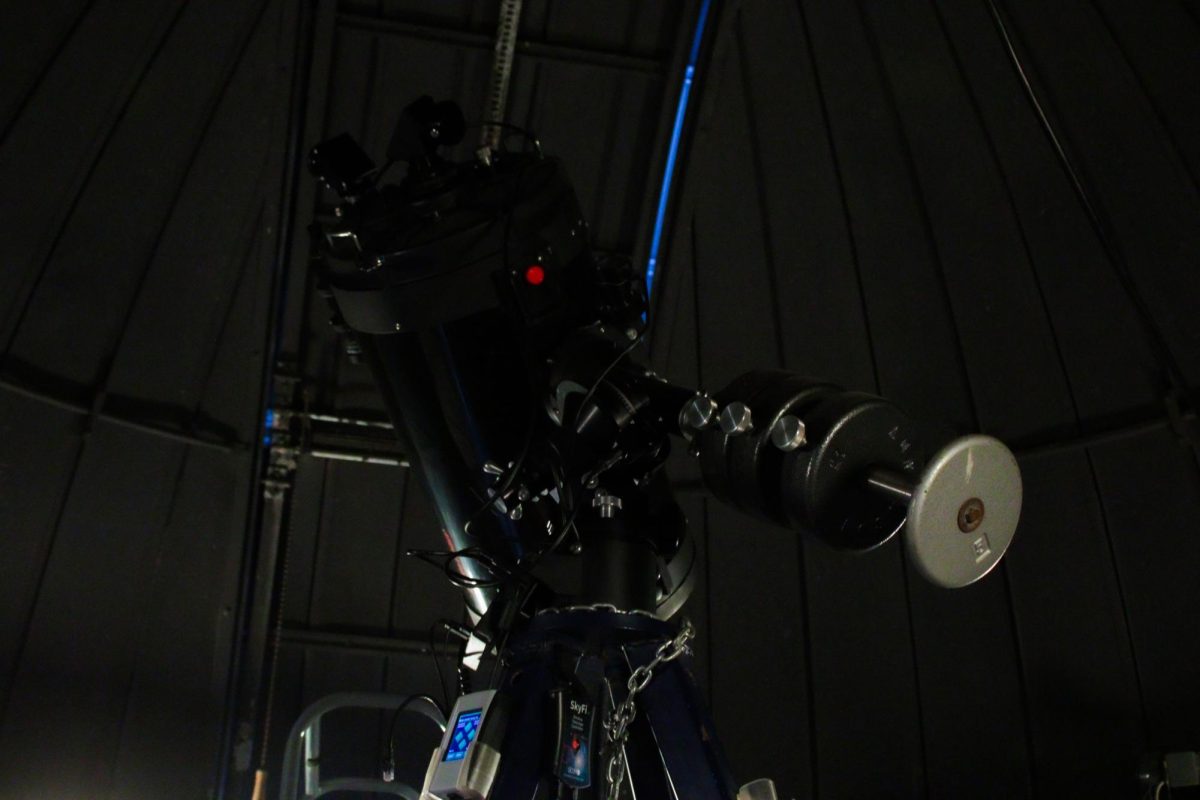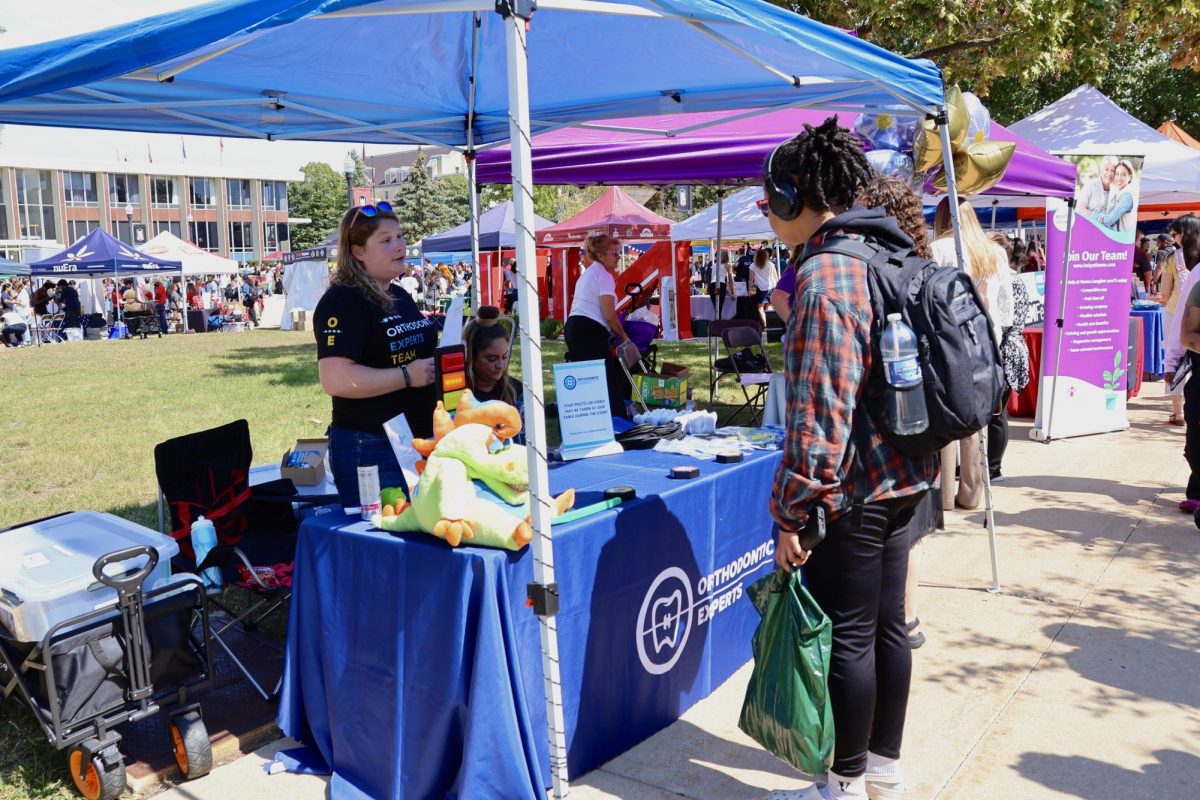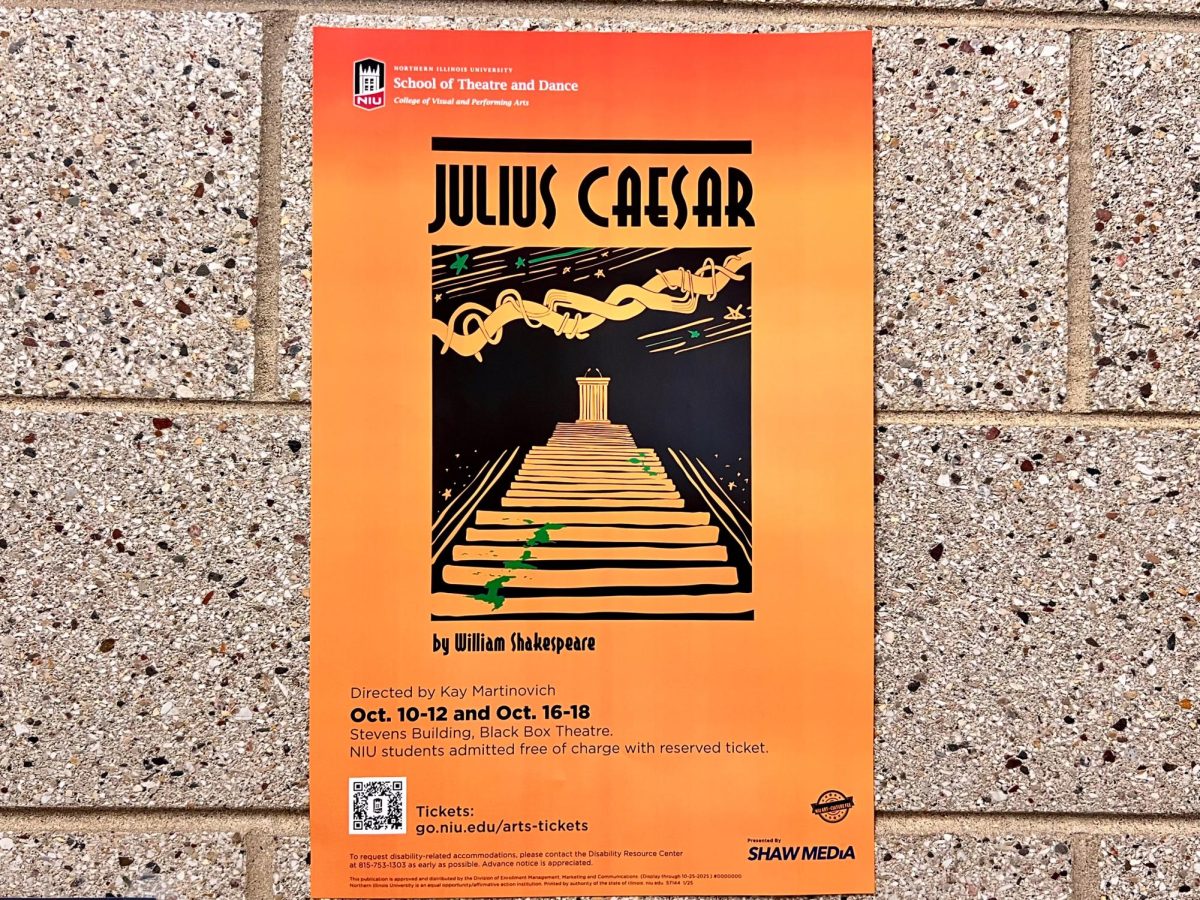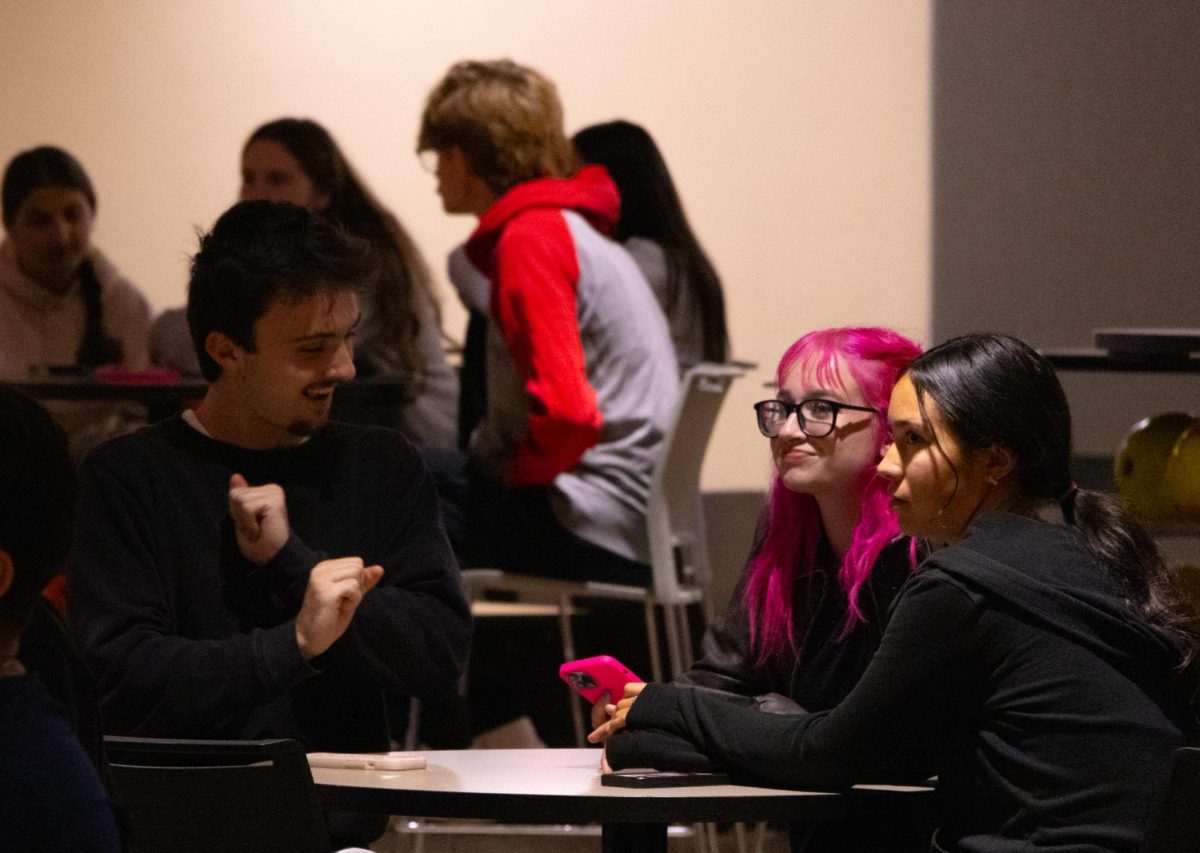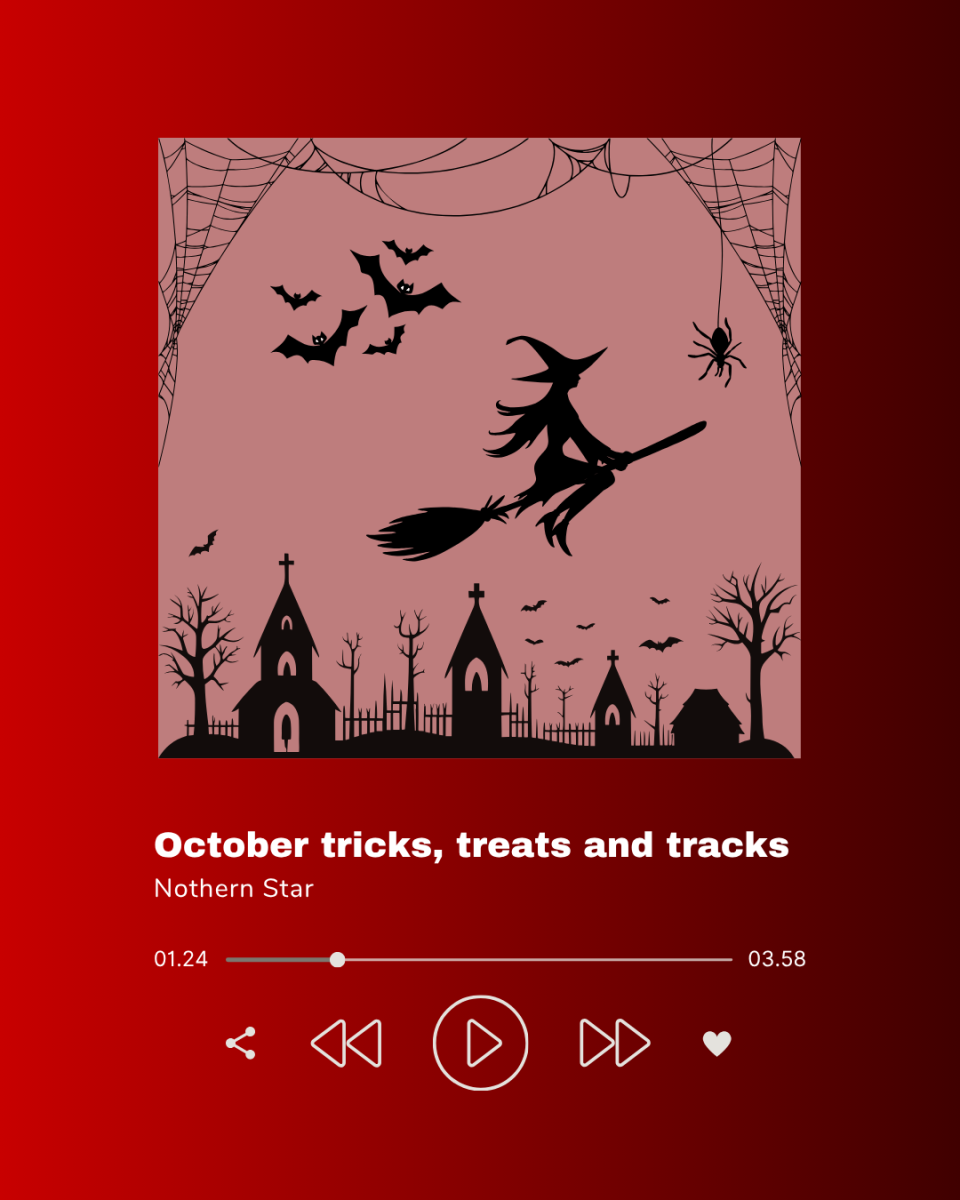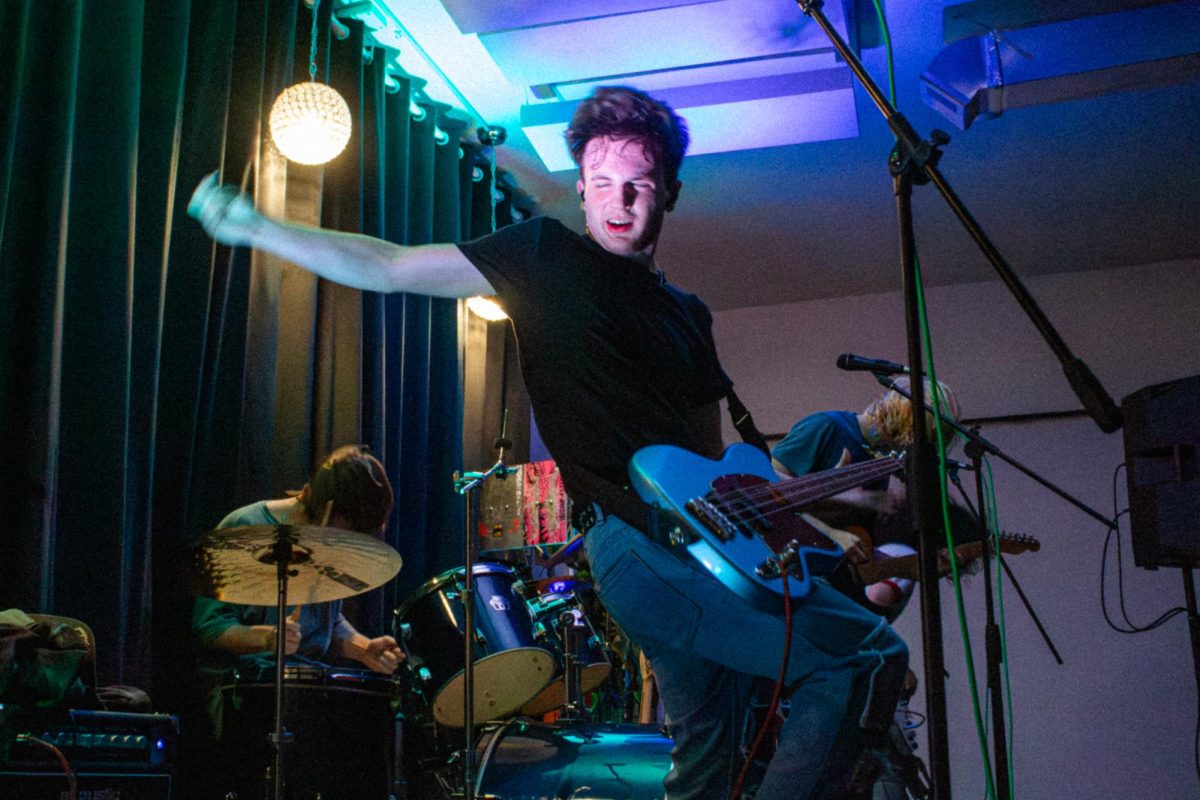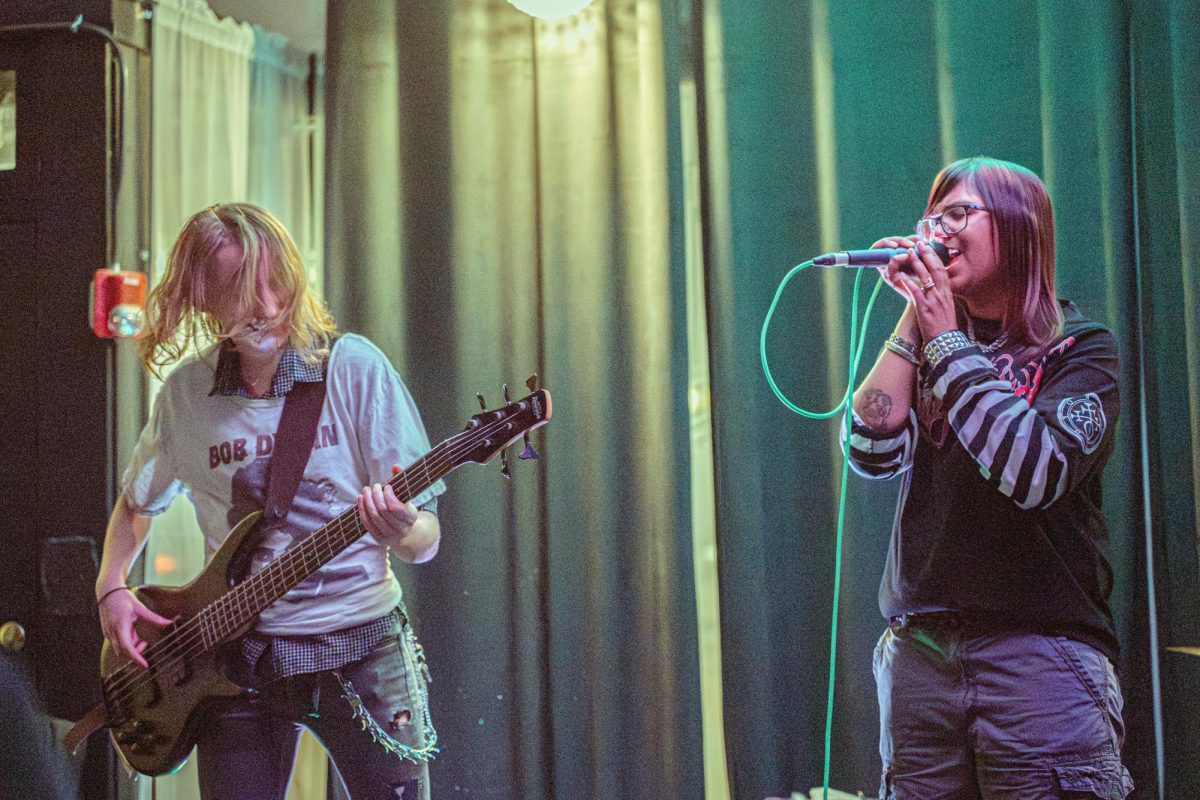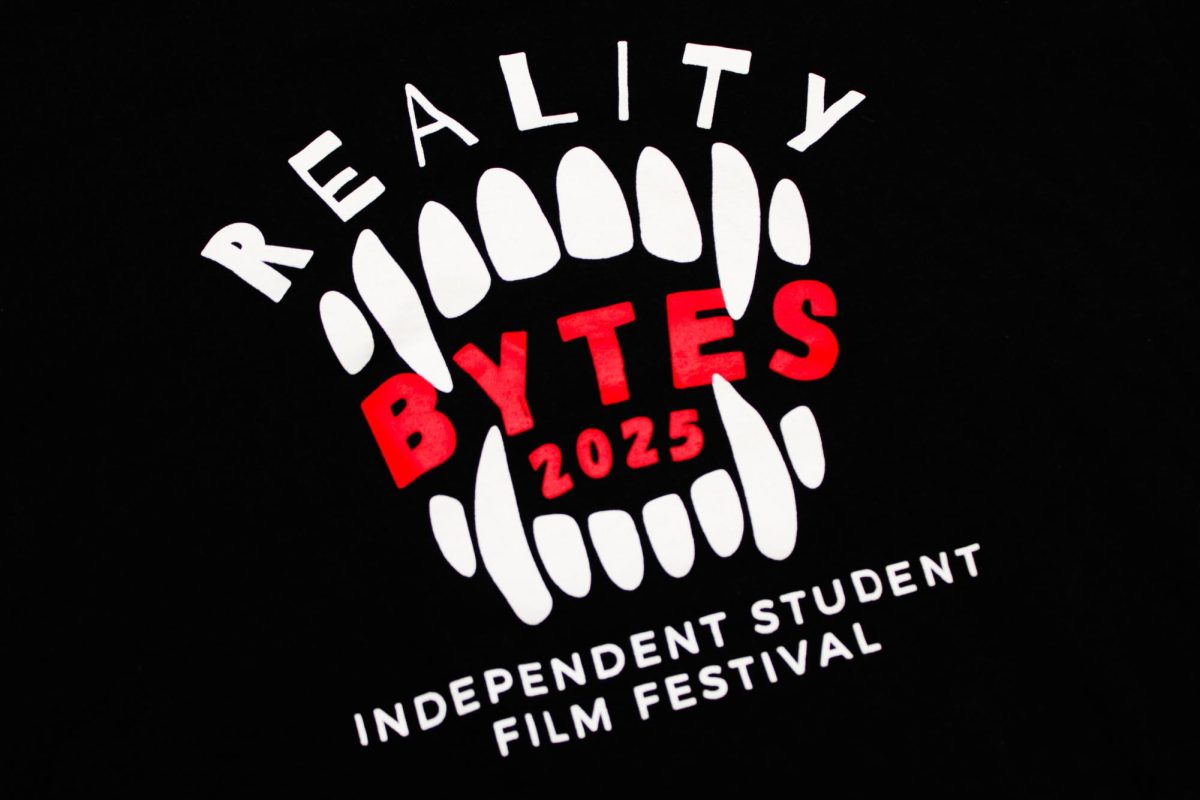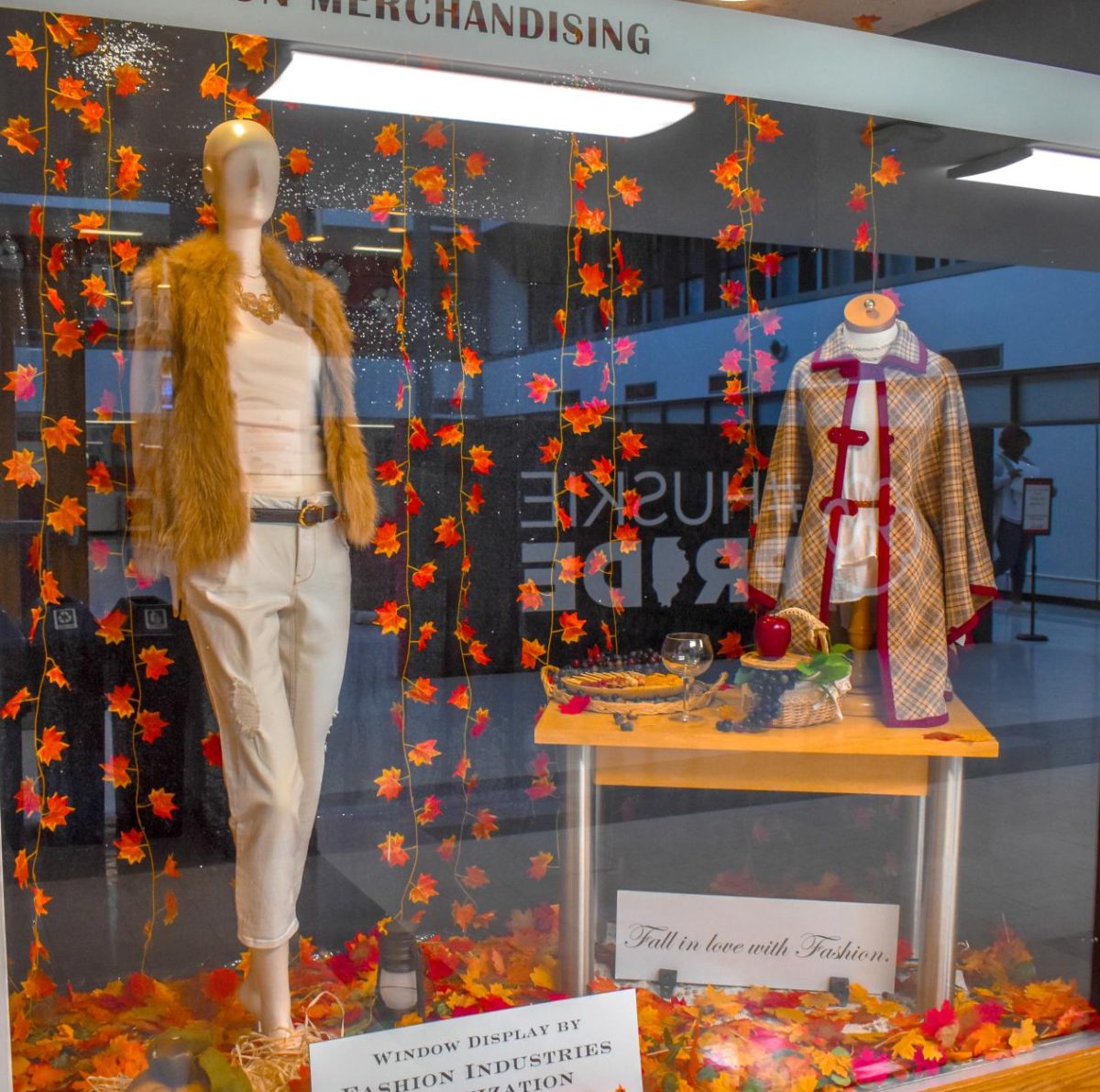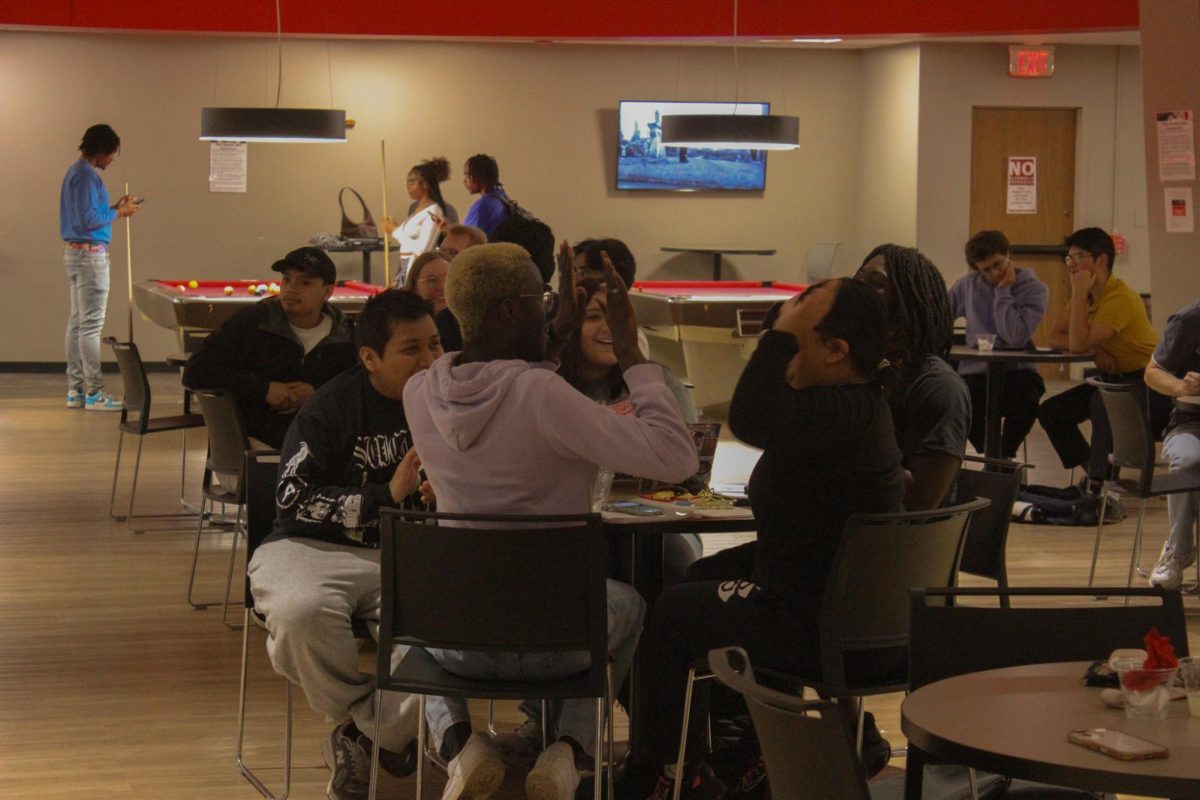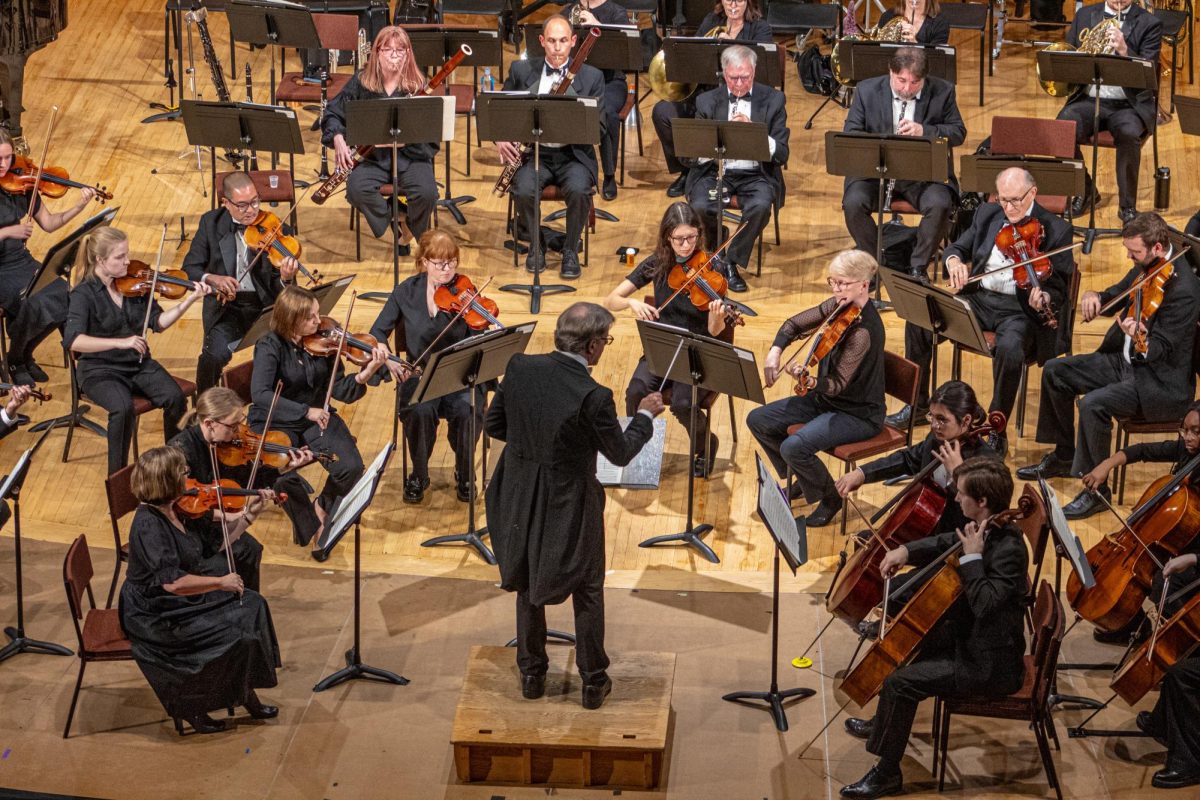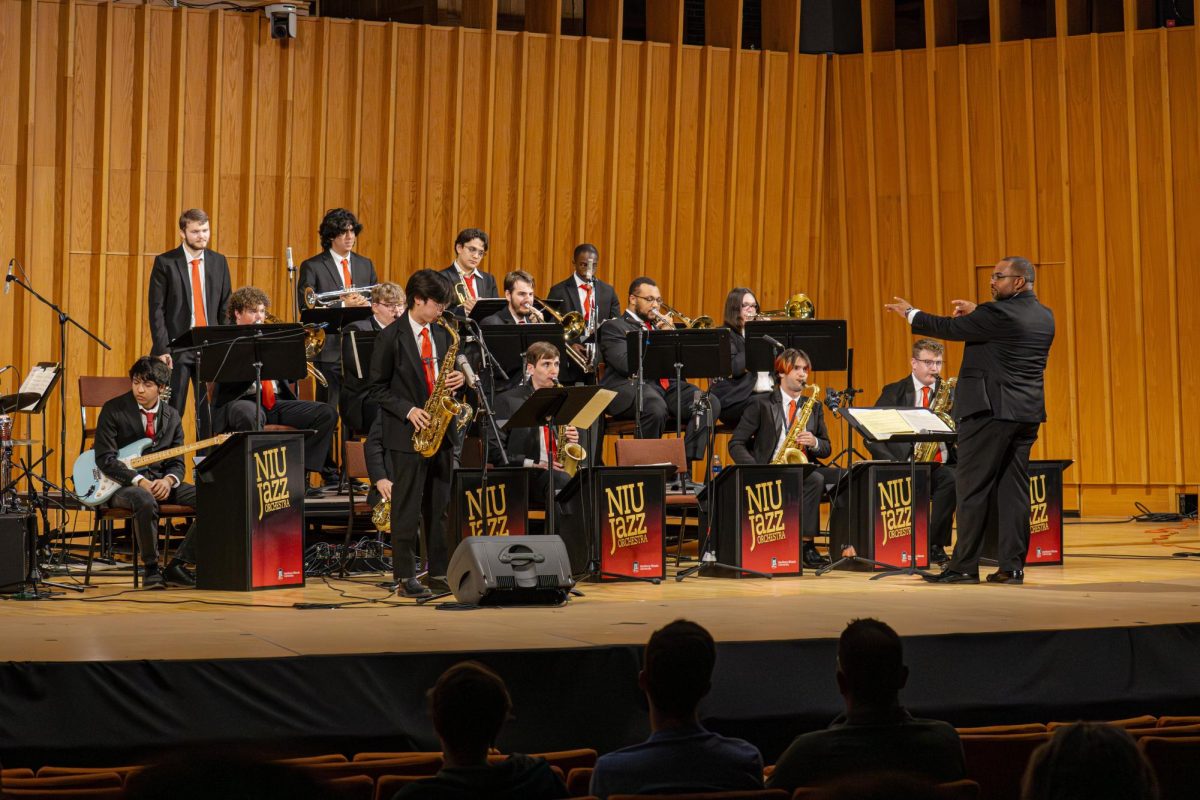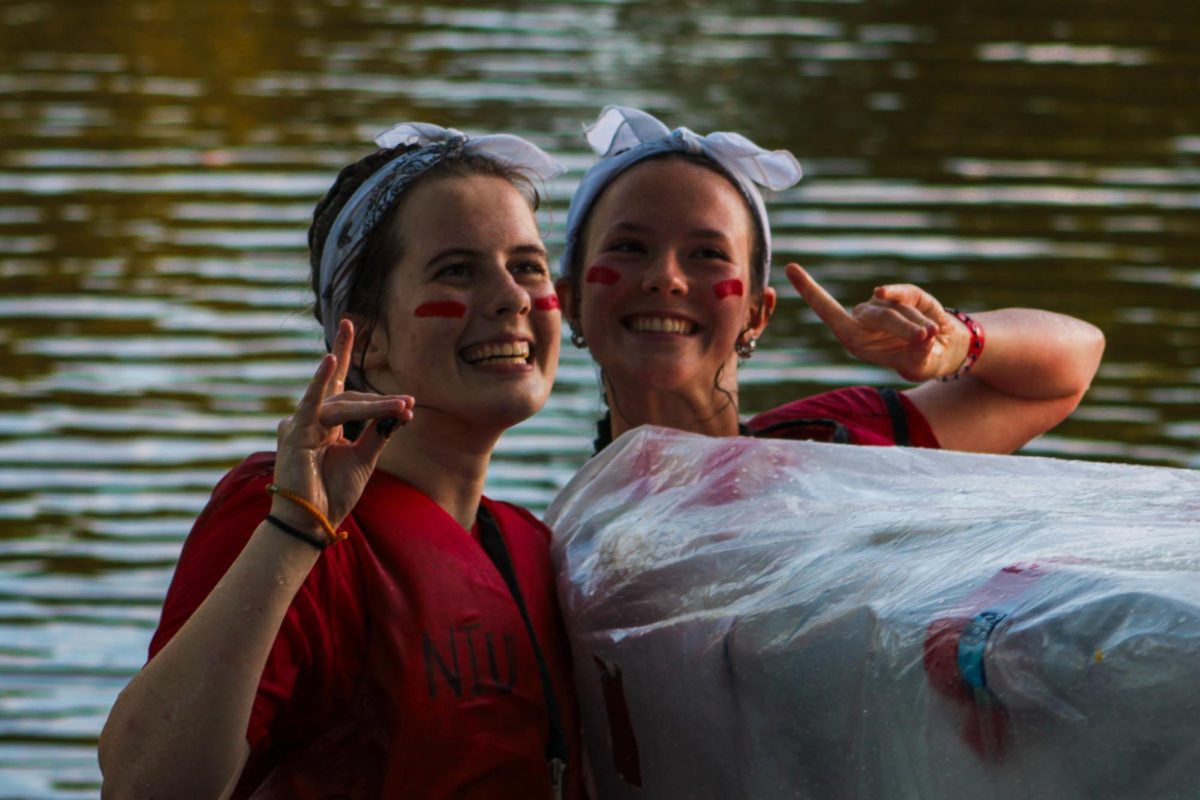Among the small number of ways to view interstellar events in Illinois, NIU is one location that allows its community to peer into the depths of space.
Sitting next to the East Lagoon, the Davis Hall Observatory serves as an educational resource working with students, scouting groups and community members by giving visitors a look at various celestial bodies and outer space phenomena.
The observatory utilizes four telescopes: its primary telescope, the 14-inch Schmidt-Cassegrain, an 85 mm refracting telescope that uses lenses similar to eyeglasses, a 14-inch reflecting telescope, and a digital telescope that captures and enhances digital images for a better perspective.
Jeremy Benson, lab manager of the department of physics and manager of the observatory, explained the difference between using regular and digital telescopes.
“The two main ones upstairs are a large reflecting telescope, which uses a curved mirror and a refracting telescope which uses lenses like glasses,” Benson said. “We also have a completely digital telescope donated by a local group called Wild Cow. It streams to a tablet instead of an eyepiece which is great for photos in light-polluted areas. It stacks repeated images to enhance faint objects.”
Students also used the observatory for projects before the COVID-19 pandemic. Astronomy and astrophysics courses used the observatory for astrophotography projects, but this practice was stopped due to the pandemic and is currently going through a reboot phase.
The telescopes amplify what they’re viewing based on how big an object is, how far away it is and how much light the object emits. Benson explained the usage and process of telescopes based on these three properties.
“It’s not a matter of how far we can see, it’s a matter of how bright we can see,” Benson said. “An object which is incredibly bright but much farther away is going to be more visible. There are plenty of pieces of space debris, there are wrenches and gloves and things floating around that are much closer than any of those planets, but we can’t see them because they are too small and too dim. So, it’s not necessarily a matter of how far we can see, it’s how much light is being put out, how likely is it that we’re going to be able to catch some of that.”
The Davis Hall Observatory has captured various photos of celestial bodies and occurrences such as lunar eclipses, solar eclipses, moons, nebulas and more.
“I was lucky enough to come in just in time for the big solar eclipse that we had just a few years ago,” Benson said. “We had a big party out in our backyard here for that. We had a livestream going of the eclipse for the whole thing, and I don’t even know how many people we had out there. When we had time to actually be looking and taking pictures and kind of trying to keep track, we had somewhere around 200 or 300 people, I think, but then during the peak of it when it was actually at its closest to totality, that’s when everybody came out.”
The Davis Hall Observatory is open to all members of the community from 8 p.m. to 10 p.m. every Wednesday in Davis Hall depending on the weather.


